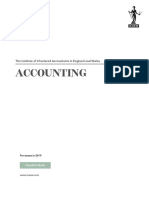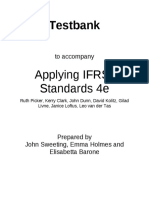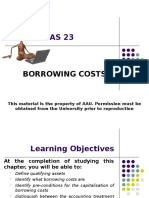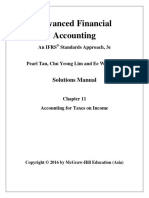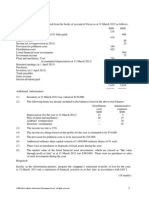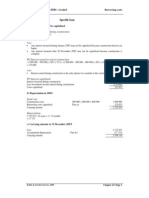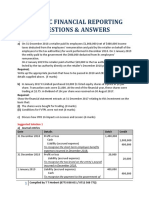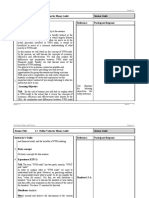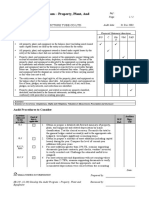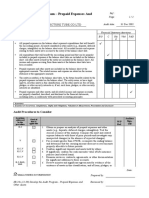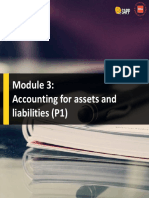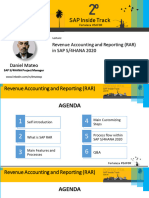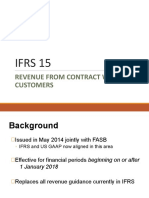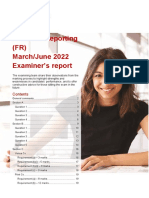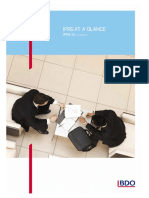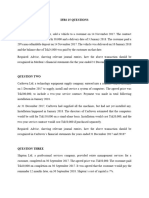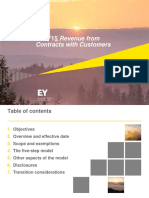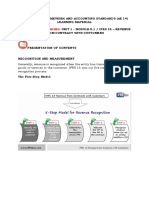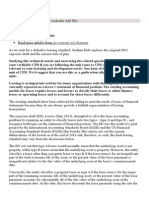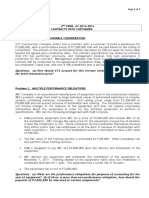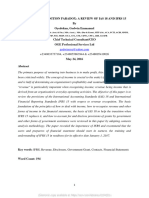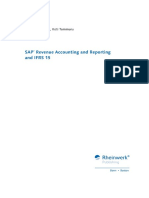0% found this document useful (0 votes)
1K views46 pagesCertIFR Module-2
The document summarizes key aspects of IAS 1 on the presentation of financial statements and IAS 8 on accounting policies, changes in estimates, and errors. IAS 1 discusses the general features, content, and disclosure requirements for financial statements including the statement of financial position, statement of profit or loss and other comprehensive income, statement of changes in equity, and notes. IAS 8 defines accounting policies and discusses the selection and changes of accounting policies and accounting estimates.
Uploaded by
Tran AnhCopyright
© © All Rights Reserved
We take content rights seriously. If you suspect this is your content, claim it here.
Available Formats
Download as PDF, TXT or read online on Scribd
0% found this document useful (0 votes)
1K views46 pagesCertIFR Module-2
The document summarizes key aspects of IAS 1 on the presentation of financial statements and IAS 8 on accounting policies, changes in estimates, and errors. IAS 1 discusses the general features, content, and disclosure requirements for financial statements including the statement of financial position, statement of profit or loss and other comprehensive income, statement of changes in equity, and notes. IAS 8 defines accounting policies and discusses the selection and changes of accounting policies and accounting estimates.
Uploaded by
Tran AnhCopyright
© © All Rights Reserved
We take content rights seriously. If you suspect this is your content, claim it here.
Available Formats
Download as PDF, TXT or read online on Scribd
/ 46













